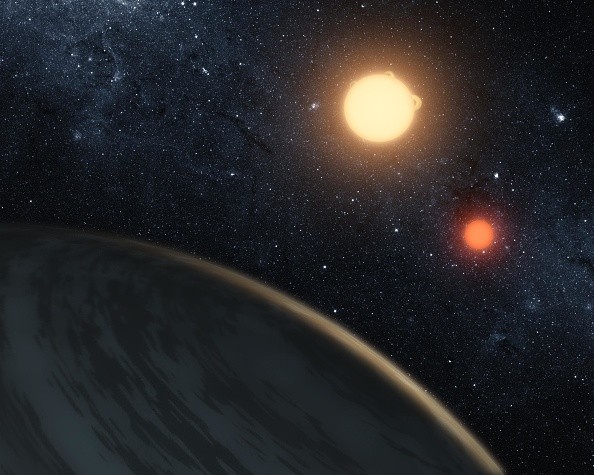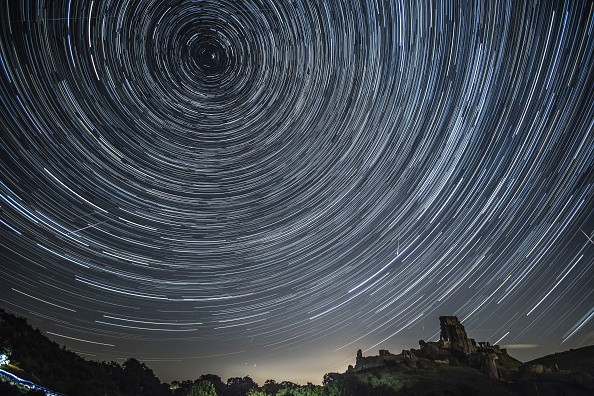NASA's James Webb Space Telescope (JWST) is now expected to solve one of the hardest mysteries in space, which is the universe's expansion.

As of the moment, this gigantic telescope is still on its way to its final destination. Because of this, JWST still can't conduct its main goal.
NASA recently explained that James Webb Space Telescope was developed so that they can observe the oldest galaxies, allowing them to understand how stars, planets, and other heavenly bodies are formed.
Studying the first galaxies is connected to solving the mystery of the expanding universe. Now, here's how JWST can do this.
James Webb Space Telescope Solving Universe Expansion
According to Scientific American's latest report, NASA James Webb Space Telescope's advanced infrared measurement capabilities can help space experts further details about the universe's expansion.

Also Read : NASA Buys Planet-Themed Comics From a Singaporean Student for $1,000! What Will the Space Agency Do With It?
"If you try to measure the current expansion rate, well, there's a variety of techniques that people use, and they tend to get a certain number," said Massimo Stiavelli, JWST Mission Office's Head.
In JWST's case, the giant space telescope of NASA will use its advanced lenses and other components to observe the infrared spectrum.
This will allow space experts to see through thick space dust and clouds. If James Webb Space Telescope is proven efficient, the local measurements of astronomers can be conducted without any interference.
JWST's Current Space Achievement
France 24 reported that James Webb Space Telescope has now reached more than 1 million miles away from Earth. This means that JWST is nearing L2, the final space destination of the rocket.
Once the giant telescope reaches the L2 region, it will start capturing some images of the universe. The upcoming photos are expected to be more detailed and accurate than the ones captured by NASA's Hubble Space Telescope.
In other news, the international space agency is expected to provide updates about James Webb Space Telescope's L2 arrival. Meanwhile, NASA captured the sun's mid-level solar flare.
For more news updates about NASA JWST and its upcoming activities, always keep your tabs open here at TechTimes.
Related Article : NASA's James Webb Space Telescope Arrives at Its Final Orbital Destination, 1 Million Miles from Earth
This article is owned by TechTimes
Written by: Griffin Davis
![Apple Watch Series 10 [GPS 42mm]](https://d.techtimes.com/en/full/453899/apple-watch-series-10-gps-42mm.jpg?w=184&h=103&f=9fb3c2ea2db928c663d1d2eadbcb3e52)



